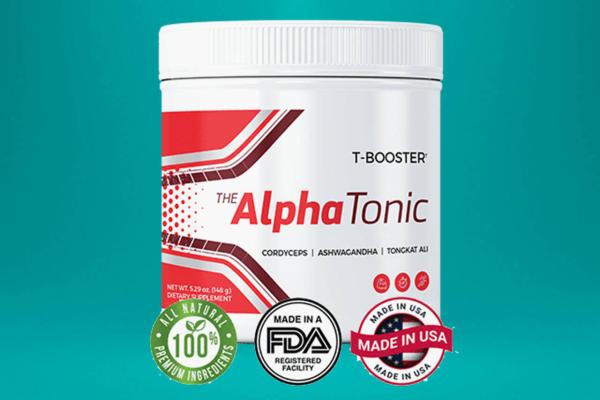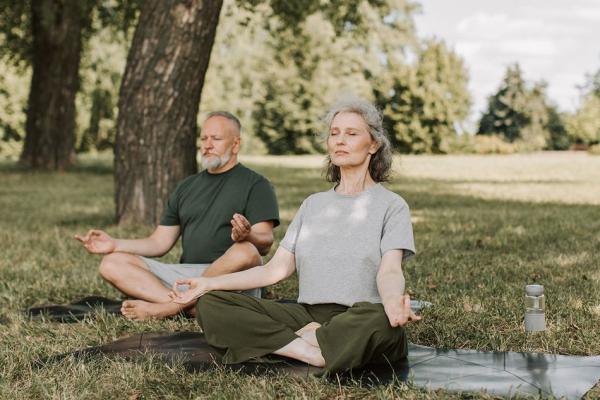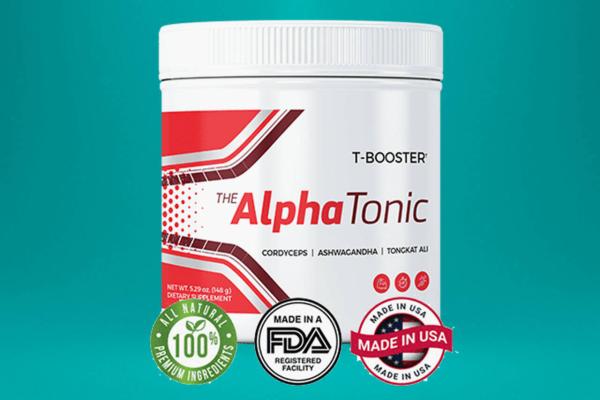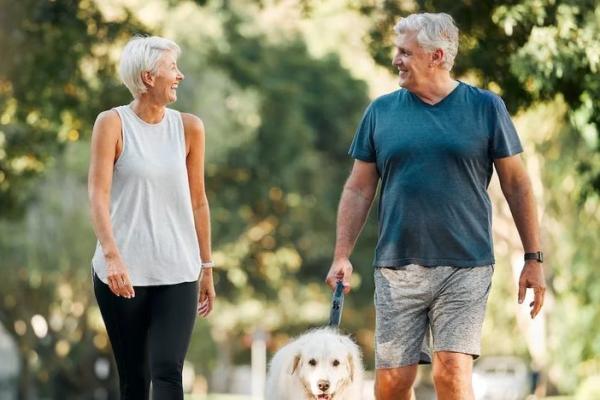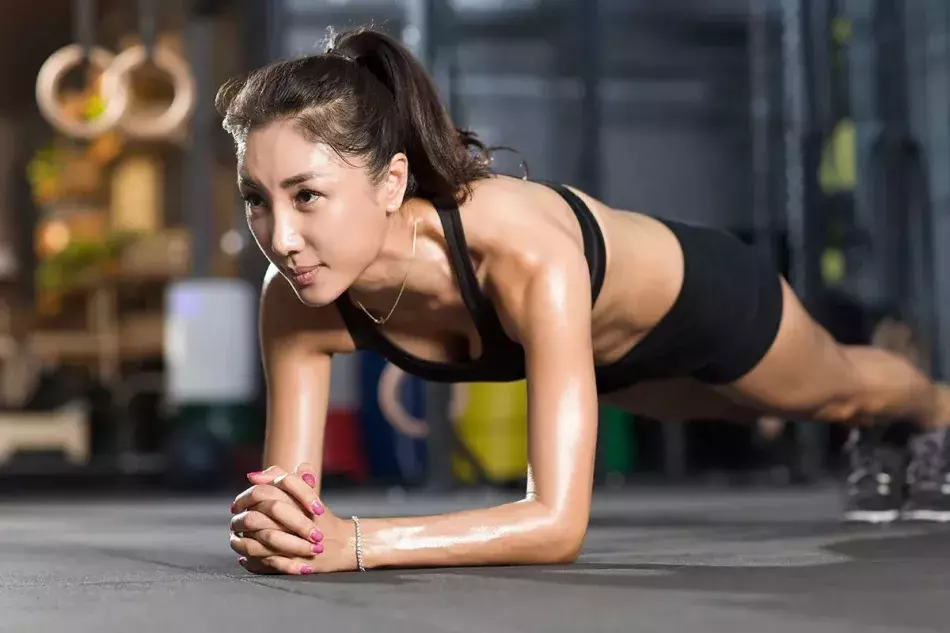
Planks are often viewed simply as an abdominal exercise, but their benefits extend far beyond six-pack abs. While planks are indeed a powerful core strengthener, they also engage muscles throughout the body in ways that many exercisers overlook. Discover how planks offer full-body conditioning and their hidden effects that go well beyond your midsection.
An Overview of Planks: A Whole-Body Workout
A plank is an isometric core exercise in which you hold your body in a straight, rigid position resting on your forearms and toes. By contracting your muscles to maintain stability and alignment against gravity's pull, planks build exceptional full-body endurance and strength.
During a proper plank, you engage muscles in the arms, shoulders, chest, back, abdomen, glutes, and legs. While the front core bears the most obvious load during planking, muscles throughout your body play crucial roles in maintaining correct form.
By incorporating diverse plank variations into your routine, you can target muscle groups in new ways while honing your balance and stability. Planks train the body as a cohesive unit, leading to marked improvements in posture, performance, and injury resilience.
Far from just an abdominal exercise, planks offer whole-body conditioning you shouldn't overlook. Now let's explore the key muscles planks engage beyond those coveted six-pack abs.
1. Rectus Abdominis: Your Six-Pack Muscle
The rectus abdominis runs down the front of your abdomen, spanning from your lower ribs to your pubic bone. As the most superficial of your abdominal muscles, it creates the defined, six-pack look that many exercisers covet.
During a plank, the rectus abdominis contracts continuously to prevent your midsection from sagging. This isometric engagement tones and strengthens the muscle. A strong rectus abdominis supports good posture and spine health while giving your core a lean, defined appearance.
So next time you feel your front abs burning during a plank, remember this sensation comes in part from your rectus abdominis working hard!
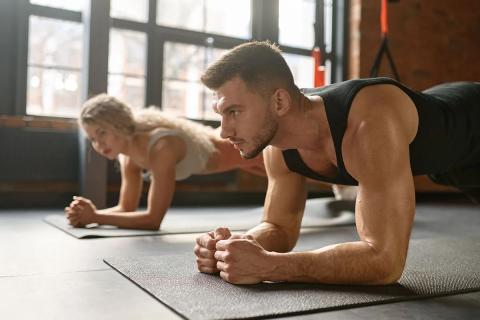
2. Rhomboids and Trapezius: Posture-Supporting Back Muscles
While planks have a reputation as an abdominal exercise, they also greatly benefit the muscles of your upper back. Your rhomboids and trapezius muscles work extensively during planks to hold your shoulder blades steady.
The rhomboids connect your shoulder blades to your spinal column. The trapezius forms a diamond-shaped surface covering your upper back and neck. By engaging these muscles, planks build upper back strength crucial for good posture.
As you hold a plank, pinch your shoulder blades together and concentrate on keeping your straight back alignment. Feel these back muscles contract as they provide essential stabilization.
3. Quadriceps: Strength for Your Thighs
Moving down from the core, planks also significantly engage the quadriceps muscles along the front of your thighs. Your quadriceps straighten your knee joints and generate power for activities like jumping and running.
During planks, your quadriceps remain tense to prevent your hips from sagging and maintain an elongated body posture. This isometric contraction improves quadriceps endurance.
Stronger quadriceps support athletic performance, stability, and resilience against knee injuries - all benefits you can gain in part from regular planking!
4. Obliques: The Overlooked Abs Muscles
The obliques are a pair of abdominal muscles running along each side of your torso. While not as superficial as the rectus abdominis, they play key roles in rotation, side-bending, and stability.
Since planks challenge your body from above and below, your obliques must contract continuously to prevent lateral swaying. Side planks especially isolate these muscles, leading to defined obliques that enhance core stability.
So don't overlook those obliques - feel them working hard during your planks to keep your torso and hips aligned!
5. Erector Spinae: Support Your Back
Running along either side of your spine, your erector spinae muscles are essential for good posture. These muscles extend your back and allow you to stand and sit upright throughout the day.
During planks, your erector spinae contract isometrically to maintain a neutral, extended back posture against gravity's pull. This strengthens the muscles, reducing back pain and fatigue.
A strong back brings better mobility, improved posture, and resilience against back injuries - rewards you can gain in part through consistent planking.
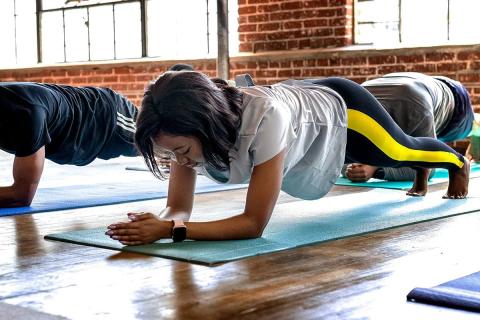
Additional Benefits of Plank Variations
By incorporating diverse plank positions into your routine, you can amplify the full-body benefits. Trying alternatives like side planks, reverse planks, and forearm planks will target new muscles while honing stability.
Varying your planking:
- Promotes balanced strength throughout your body
- Enhances core stability by engaging different muscle groups
- Reduces risk of injury and overuse by diversifying the workout load
Conclusion: Planks Offer More Than Ab Strength
Planks provide exceptional conditioning that goes far beyond your abdominal muscles. From your upper back down through your legs, planks engage muscles throughout your body isometrically to maintain stability against gravity's constant pull.
While planks are indeed a phenomenal core strengthener, their benefits extend well beyond six-pack abs. A planking routine with diverse variations leads to better posture, enhanced athletic performance, and resilient joint health.
So next time you hold a plank, remember you're training your whole body - not just your core! Recognize how planks build full-body endurance and strength through muscle engagement many exercisers overlook. Let the burn drive you as you unlock planks' hidden benefits!
